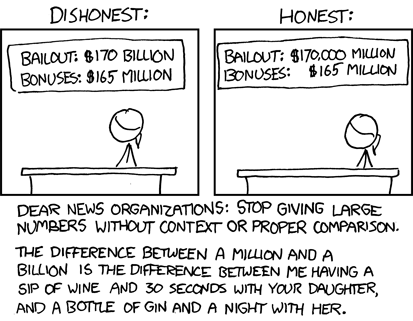Have you ever wondered what’s behind the conflict between geeks and suits? Sure, they think differently, but what, exactly, does that mean? A Jesuit priest who passed away in 2003 at the age of 90 may hold one interesting clue.
Walter Ong published a slim volume in 1982 titled "Orality and Literacy: The Technologizing of the Word" that explored what the differences between oral and literate cultures mean about how we think.
Remember Homer, the blind epic poet credited with "The Iliad" and "The Odyssey"? If we remember anything, it’s something along the lines of someone who managed to memorize and then flawlessly recite book-length poems for his supper.
The real story, which Ong details, is more interesting and more relevant to our organizational world than you might suspect. Homer sits at the boundary between oral culture and the first literate cultures.
In an oral culture, what you can think is limited to what you can remember and tell–without visual aids. Ong’s work shows that oral thinking is linear, additive, redundant, situational, engaged, and conservative. The invention of writing and the emergence of literate cultures allows a new kind of thinking to develop: literate thinking is subordinate, analytic, objectively distanced, and abstract. It’s the underlying engine of science and the industrial revolution.
While this may sound interesting for a college bull session, it’s particularly relevant to organizations. For all their dependence on the industrial revolution, organizations are human institutions first. Management is fundamentally an oral culture and is most comfortable with thought organized that way. Historically, leadership in organizations went to those most facile with the spoken word.
At the opposite extreme, information technology is a quintessentially literate activity with a literate mode of thought. In fact, IT cannot exist without the objective, rational, analytical thinking that literate culture enables.
How does the nature of this divide complicate conversations between IT and management? Can understanding the differing natures of oral and literate thought help us bridge that divide?
Technology professionals have long struggled with getting a complex message across to management. In our honest and unguarded moments, we talk of "dumbing it down for the suits." But the challenge is more subtle than that. We need to repackage the argument to work within the frame of oral thought. The easy part of that is about oratorical and rhetorical technique. The more important challenge is to deal with the deeper elements of oral culture; of being situational, engaged, and conservative. The right abstract answer can’t be understood until it is placed carefully within its context.
What management recognizes in its fundamentally oral mind is that organizations and their inhabitants spend most of their time in oral modes of thought. The oral mind is focused on tradition and stability because of how long it takes to embed a new idea. The techniques of change management that seem so obtuse to the literate, engineering mind are not irrational; they are oral. They are the necessary steps to embed new ideas and practices in oral minds.
Repeating a calculation or an analysis is nonsense in a literate culture. Management objections to an analytical proposal rarely turn on objections to the analysis. Walking through the analysis again at a deeper level of detail will not help. What needs to be done is to craft the oral culture story that will carry the analytical tale. It’s not about dumbing down an argument, it’s about repackaging it to match the fundamental thought processes of the target audience.
That might mean finding the telling anecdote or designating an appropriate hero or champion. Suppose, for example, that your analysis concludes it’s time to move toward document management to manage the files littering a shared drive somewhere or buried as attachments to three-year old e-mails. Analytical statistics on improved productivity won’t do it. A scenario of the "day in the life" of a field sales rep would be better. Best would be a story of the sales manager who can’t find the marked up copy of the last version of the contract.
These human stories are much more than the tricks of the trade of consultants and sales reps. They are recognition that what gets dressed up as the techniques of change management are really a bridge to the oral thinking needed to provoke action.
Seen in this light, what is typically labeled resistance to change is better understood as the necessary time and repetition to embed ideas in an oral environment.

![Reblog this post [with Zemanta]](http://img.zemanta.com/reblog_e.png?x-id=6d8cf4cb-1ade-4eab-967f-f21291a15420)
